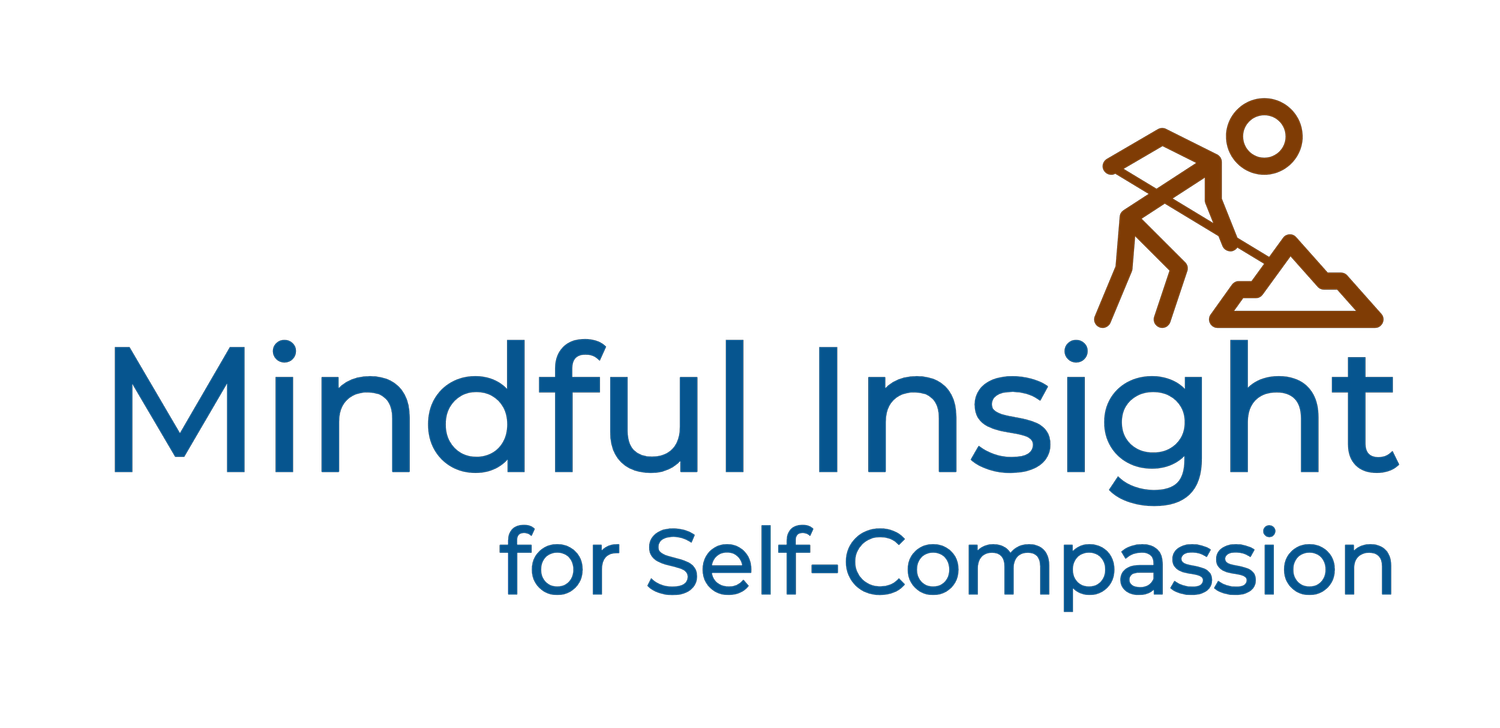Blessing or Curse of Myelination
We have already discussed the miraculous adaptability of the brain also known as use-dependent neuroplasticity, which effectively reconfigures itself and paves new neuronal pathways primarily by means of neurogenesis and synaptogenesis. We also acknowledged that anything we do in life, especially when repeated, can partake of the nature of practice and train our neural muscles in particular ways to make us experts of some sort for better or worse. Amongst many neurological activities and mechanisms, one exceptionally remarkable process strongly associated with learning is called myelination. It is known to facilitate the establishment of automated mental processes as well as routinized behavioral patterns by paving neural superhighways throughout the central as well as peripheral nervous system (CNS/PNS). Arguably this is one of the most important neural mechanisms that supports our virtually infinite capacity to learn new skills and augments neuroplasticity. Simply put, these myelin-enabled (or “myelinated”) superhighways are the reason why we can drive a vehicle safely, complete simple math in our heads, learn to play music on an instrument, and at the same time, find it very challenging to forgo ingrained unhealthy thought processes and autopilot behaviors.
Myelin sheaths are made of fatty glial cells and progressively wrap around frequently trafficked axons in a segmented manner. Not unlike the vinyl insulation on electrical wires, myelin sheaths minimize the loss of electrical action potential and thereby accelerate communication across the neural circuits. Fully myelinated neural superhighways established by conscious learning or incidental repetitions have the potential of transmitting communication signals up to 3,000 times faster, and this explains why a newly acquired skill or a previously challenging task can eventually become second nature to us through repetitions.
When we are trying to learn useful skills, we may find the power of progressive myelination encouraging, but we have to remember that the principle of for better or worse still applies to this aspect of neuroplasticity. It certainly provides some insight into the powerful inertia of habit force (automaticity) and explains how our daily behaviors drive long-term health outcomes. For example, if a person indulges in a large amount of fried chicken and beer, 8 out of 10 times when they feel stressed and tired, that individual’s neuropathways supporting the series of goal-directed behaviors to consume and appreciate the chicken-beer combo are progressively becoming more efficient and stronger, and most likely the decision-making process to choose the combo over healthier alternatives is also becoming a lot faster (possibly x3,000 times) and virtually automatic. Mindful awareness, especially when sufficiently cultivated and practiced consistently in our daily lives, has the potential to create just enough headspace to catch our unwholesome mis-taken thoughts before acting on them and skillfully divert familiar impulses and temptations to be truly kind to ourselves as an act of self-compassion.
Cultivation of mindful awareness bolstered by the basic knowledge of neuroscience gives us a clear and strong sense of personal agency. Especially those of us who have been discouraged and demoralized by a series of adversities in life may find it possible to gradually restore their internal locus of control and ultimately overcome what Martin Seligman called, learned helplessness. Every time we make a choice that is in alignment with our personal values and long-term goals, we are tilting & nudging our being toward wellness and this is the essence of empowerment.
All Rights Reserved ©2022 W. Okada



